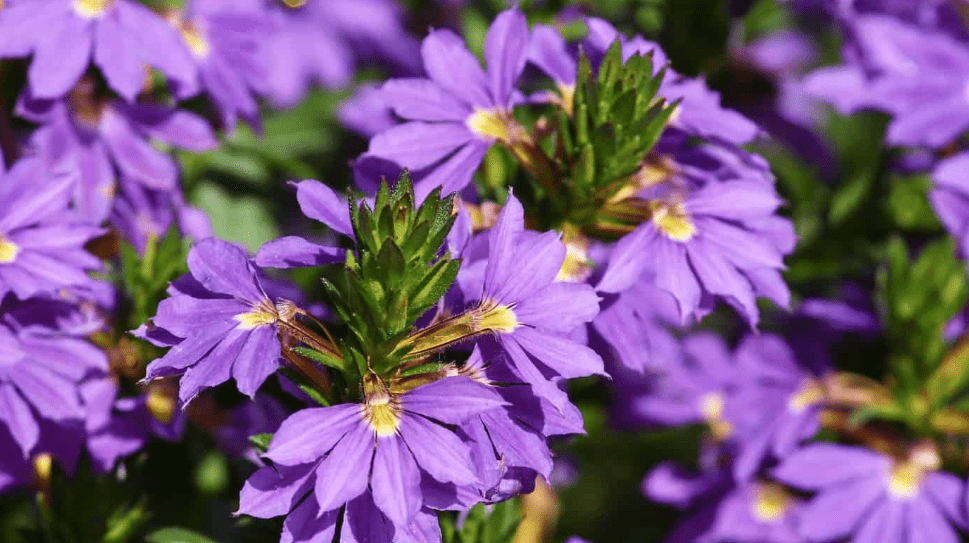
Scaevola Plant Care: Tips for Thriving, Beautiful Blooms
Scaevola plants, also known as fan flowers, are a popular choice for gardeners looking to add a pop of color to their outdoor spaces. With their unique fan-shaped blooms and vibrant hues, these plants can be a stunning addition to any garden or landscape. However, like any plant, Scaevola requires proper care and maintenance to thrive and produce beautiful blooms. In this article, we will provide expert tips and advice on how to care for your Scaevola plant, covering everything from watering and sunlight requirements to proper pruning and fertilization techniques. Whether you’re a seasoned gardener or new to plant care, these tips will help you ensure that your Scaevola plants are healthy and vibrant, bringing joy and beauty to your outdoor space.
Table of Contents
ToggleUnderstanding Scaevola Plants
A. What are Scaevola Plants?
Scaevola plants, also known as fan flowers, are colorful and unique plants that produce fan-shaped blooms in vibrant colors. They are a popular choice for adding a pop of color to outdoor spaces and are known for their low maintenance and long-lasting blooms.
B. Varieties of Scaevola Plants
There are several varieties of Scaevola plants, with the most common being Scaevola aemula, which is known for its profusion of flowers in shades of blue, purple, pink, and white. Other varieties include Scaevola taccada, which is a coastal plant with glossy green leaves and white, fan-shaped flowers, and Scaevola hookeri, which is a compact variety with purple and white flowers. Each variety has its own unique characteristics and care requirements, so it’s important to choose the right variety for your specific outdoor space.
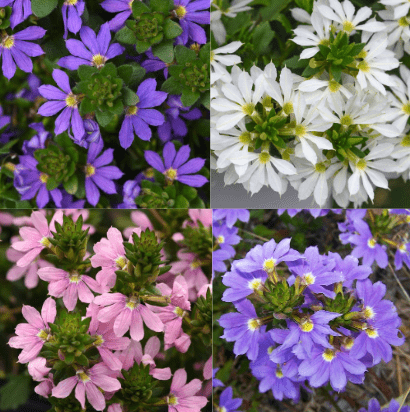
Preparing to Grow Scaevola Plants
A. Choosing the Right Location
When preparing to grow Scaevola plants, it’s important to choose the right location for optimal growth. Scaevola plants thrive in full sun to partial shade, so it’s best to plant them in an area that receives at least 6 hours of sunlight per day. They also prefer well-draining soil, so be sure to choose a location with good drainage to prevent root rot. Additionally, consider the size of the mature plant when choosing a location, as some varieties can spread up to 4 feet wide. By selecting a suitable location, you can ensure that your Scaevola plants will thrive and produce an abundance of colorful, fan-shaped blooms.
B. Selecting the Right Soil
When selecting the right soil for growing Scaevola plants, it’s important to choose a well-draining soil mix. Scaevola plants prefer soil that is loose and well-aerated, with a slightly acidic to neutral pH level. Adding organic matter, such as compost or peat moss, can also improve the soil’s drainage and provide essential nutrients for the plants. It’s also important to avoid soil that is heavy and compacted, as this can lead to waterlogging and root rot. By selecting the right soil for your Scaevola plants, you can provide them with the ideal growing conditions for healthy growth and abundant blooms.
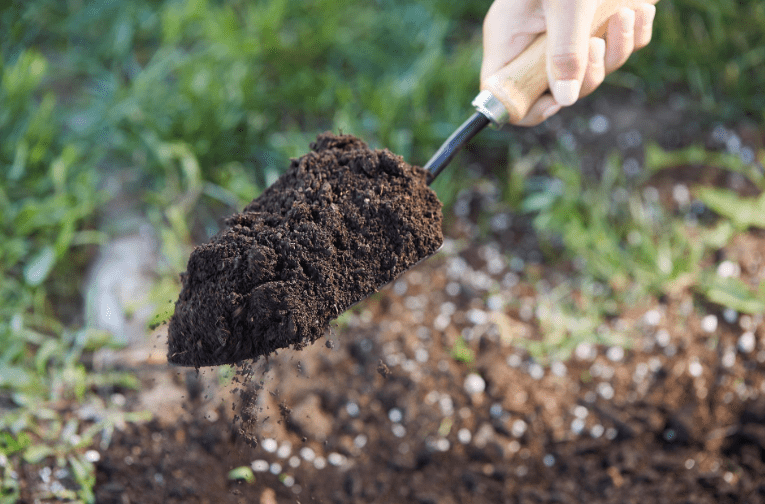
Planting Scaevola Plants
A. Propagation Methods
When planting Scaevola plants, there are several propagation methods to choose from. You can propagate Scaevola from seeds, cuttings, or division. If you choose to propagate from seeds, it’s important to sow them in well-draining soil and provide adequate moisture and warmth for germination. Cuttings can be taken from healthy, mature plants and rooted in a well-draining potting mix. Division involves separating the root ball of an established plant into multiple sections and planting them separately. Each method has its own advantages, so it’s important to choose the one that works best for your specific situation and preferences.
B. Planting Process
1. Timing for planting
The timing for planting Scaevola can vary depending on your location and climate. In general, it’s best to plant Scaevola in the spring after the last frost has passed. This will give the plants time to establish themselves before the heat of summer. However, in warmer climates, Scaevola can also be planted in the fall. It’s important to choose a time when the weather is mild and there is plenty of moisture available for the plants to establish themselves.
2. Spacing and depth considerations
When planting Scaevola, it’s important to give the plants enough space to spread out and grow. Space each plant about 8-12 inches apart to allow for proper air circulation and prevent overcrowding. As for depth, plant Scaevola at the same level as they were in their nursery containers, ensuring that the roots are covered and the soil is firmly packed around the base of the plant. This will provide them with a stable foundation for growth.
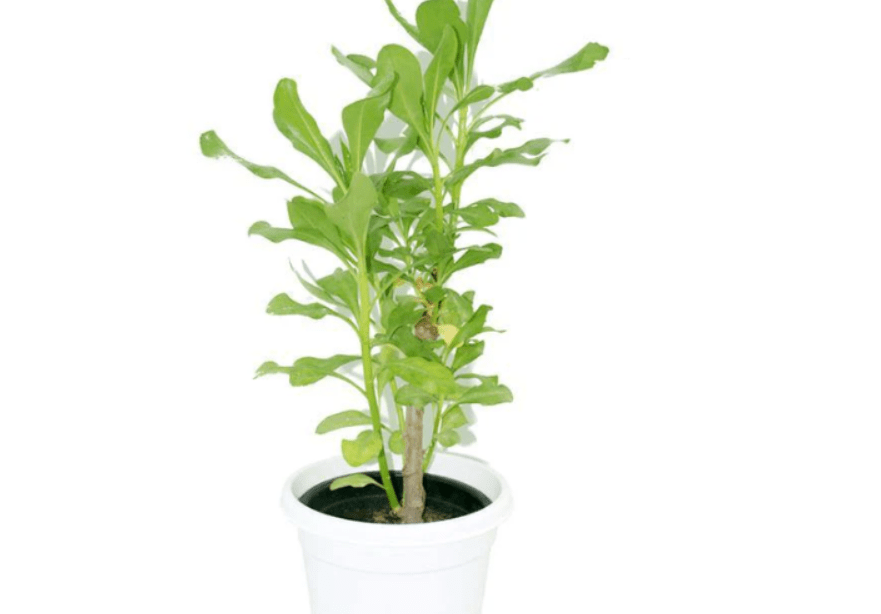
Caring for Scaevola Plants
A. Watering
Scaevola plants should be watered regularly, especially during dry periods. Make sure to water the plants at the base to avoid wetting the foliage, which can lead to disease. It’s best to water in the morning to allow the plants to dry out during the day, reducing the risk of fungal issues. Additionally, adding a layer of mulch around the base of the plants can help retain moisture and regulate soil temperature.
B. Fertilizing
1. Best fertilizers for scaevola plants
Scaevola plants benefit from a balanced, slow-release fertilizer, such as a 10-10-10 or 20-20-20 formula. Fertilize the plants every 4-6 weeks during the growing season, following the instructions on the fertilizer package for proper application. Be sure to water the plants before and after fertilizing to avoid burning the roots. Additionally, using a fertilizer specifically formulated for flowering plants can help promote healthy growth and abundant blooms.
2. How and when to fertilize
You can fertilize scaevola plants by applying a balanced, slow-release fertilizer every 4-6 weeks during the growing season. Be sure to follow the instructions on the fertilizer package for proper application. It’s best to water the plants before and after fertilizing to avoid burning the roots. Additionally, using a fertilizer specifically formulated for flowering plants can help promote healthy growth and abundant blooms.
C. Pruning and Maintenance
Pruning scaevola plants can help promote a bushier, more compact growth and encourage more blooms. You can prune the plants by pinching off the tips of the stems or trimming them back by about a third. This should be done after the blooming period to avoid cutting off potential flower buds. Regular deadheading, or removing spent flowers, can also help promote continual blooming. It’s important to use clean, sharp pruning shears to make clean cuts and reduce the risk of disease. Regular maintenance, such as removing any dead or yellowing leaves, can also help keep the plants healthy and looking their best.

D. Pest and Disease Management
1. Common pests and diseases
Common pests and diseases that can affect plants include aphids, mites, and fungal diseases such as powdery mildew. It’s important to regularly inspect your plants for any signs of pest infestation or disease and take appropriate action. This may include using insecticidal soap or neem oil for pests, and fungicides for fungal diseases. Proper watering, good air circulation, and avoiding overcrowding of plants can also help prevent these issues. It’s important to address any pest or disease problems promptly to prevent them from spreading to other plants. Regular monitoring and proactive management can help keep your plants healthy and thriving.
2. Natural and chemical control methods
Natural control methods for pests and diseases include using beneficial insects like ladybugs and lacewings to eat aphids and other pests, as well as introducing predatory mites to control spider mite populations. Additionally, using companion planting to attract beneficial insects and repel pests can be effective. Cultural practices like crop rotation and maintaining healthy soil can also help prevent disease outbreaks.
Chemical control methods such as insecticidal soaps and horticultural oils can be used to manage pests, while fungicides can be used to control fungal diseases. It’s important to use these chemical control methods carefully and as a last resort, as they can have negative impacts on beneficial insects and the environment. Always follow the manufacturer’s instructions when using chemical control methods and consider the potential risks to non-target organisms. Integrated Pest Management (IPM) strategies aim to minimize the use of chemical controls and instead focus on prevention and monitoring to manage pests and diseases effectively.
Encouraging Thriving and Beautiful Blooms
A. Understanding Bloom Cycles
Understanding bloom cycles is essential for maintaining beautiful and thriving plants. Different plants have different bloom cycles, and it’s important to know when they typically bloom in order to provide the right care and attention. Some plants bloom once a year, while others may bloom multiple times throughout the growing season. By understanding the bloom cycles of your plants, you can ensure they receive the appropriate pruning, fertilization, and watering at the right times to encourage healthy growth and abundant blooms. Additionally, knowing the bloom cycles can help you plan and design your garden for continuous color and interest throughout the year.
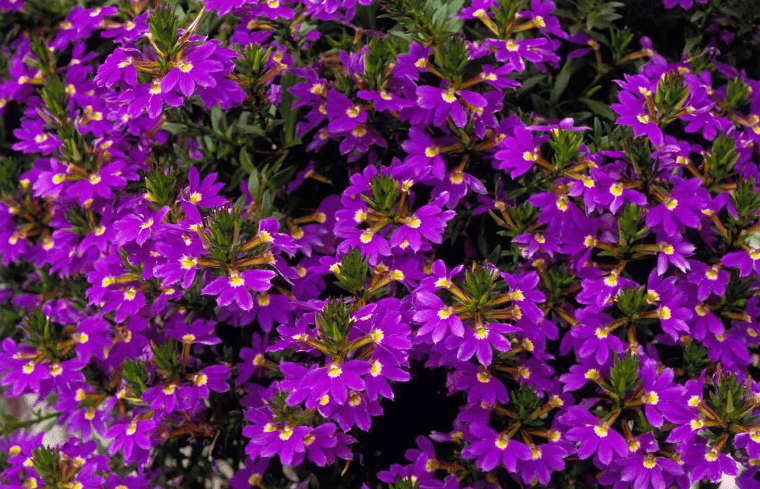
B. Tips for Enhancing Bloom Vibrancy
Here are some tips for enhancing the vibrancy of blooms in your garden:
- Choose the right location: Make sure your plants are getting the appropriate amount of sunlight for their specific needs. Some plants thrive in full sun, while others prefer partial shade.
- Proper watering: Be mindful of the water needs of your plants and make sure they are getting enough moisture. However, be cautious not to overwater, as this can lead to root rot and other issues.
- Fertilize appropriately: Use the right type of fertilizer for your plants and apply it at the correct times during their bloom cycle to provide the necessary nutrients for healthy growth and vibrant blooms.
- Pruning: Regular pruning can encourage new growth and stimulate more blooms. Be sure to research the specific pruning needs of your plants to avoid unintentionally damaging them.
- Deadheading: Removing spent flowers can promote new blooms and keep your plants looking tidy and well-maintained.
By following these tips, you can help your plants produce thriving and beautiful blooms throughout the growing season.
C. Troubleshooting Bloom Issues
1. Identifying and addressing common problems
It’s important to keep an eye out for any common issues that may arise with your plants’ blooms, such as discoloration, wilting, or pest infestations. By being proactive and addressing these issues promptly, you can help ensure that your plants continue to produce healthy and vibrant blooms. It’s also a good idea to consult with a gardening expert or do some research to learn how to identify and address any specific problems that may arise with your particular plants. With the right care and attention, you can help your plants thrive and produce beautiful blooms.
2. Solutions for poor blooming
If your plants are not producing the blooms you were hoping for, there are a few potential solutions you can try. First, make sure they are getting the right amount of sunlight and water for their specific needs. Sometimes adjusting these factors can make a big difference in bloom production. Additionally, consider fertilizing your plants with a balanced, all-purpose fertilizer to provide them with the nutrients they need to produce blooms. It’s also important to keep an eye out for any pest or disease issues that may be affecting your plants’ ability to bloom, and address them promptly. By implementing these solutions, you can help your plants start producing the beautiful blooms you desire.
Creative Uses for Scaevola Plants
A. Ornamental Uses
Scaevola plants can be used in a variety of creative ways for ornamental purposes. They are known for their beautiful, fan-shaped flowers and can be used as trailing plants in hanging baskets or containers. They also make a lovely addition to flower beds and borders, adding a pop of color with their vibrant blooms. Additionally, Scaevola plants can be used in landscaping to create ground cover or as a low-maintenance option for adding visual interest to a garden. Their versatility and hardiness make them a great choice for incorporating into various ornamental displays and designs.
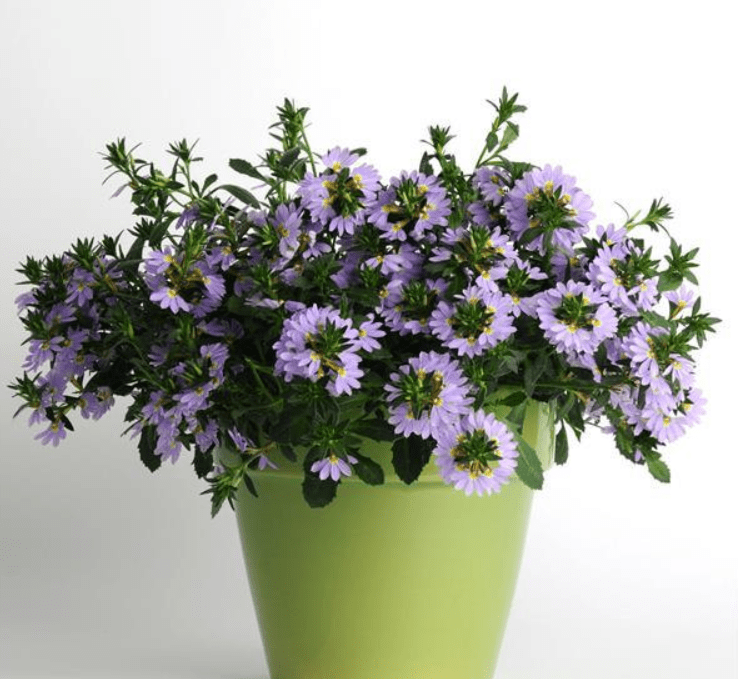
B. Indoor Growing
Scaevola plants can also be used for indoor growing, making them a versatile option for adding greenery and color to interior spaces. Due to their low maintenance and ability to thrive in a variety of conditions, Scaevola plants can be grown indoors in containers or hanging baskets. They can be placed near a sunny window or under artificial grow lights to ensure they receive the necessary light for healthy growth. Their trailing nature also makes them a great option for adding a splash of color to indoor hanging displays or as a unique addition to a vertical garden. Overall, Scaevola plants offer a creative and visually appealing option for indoor growing.
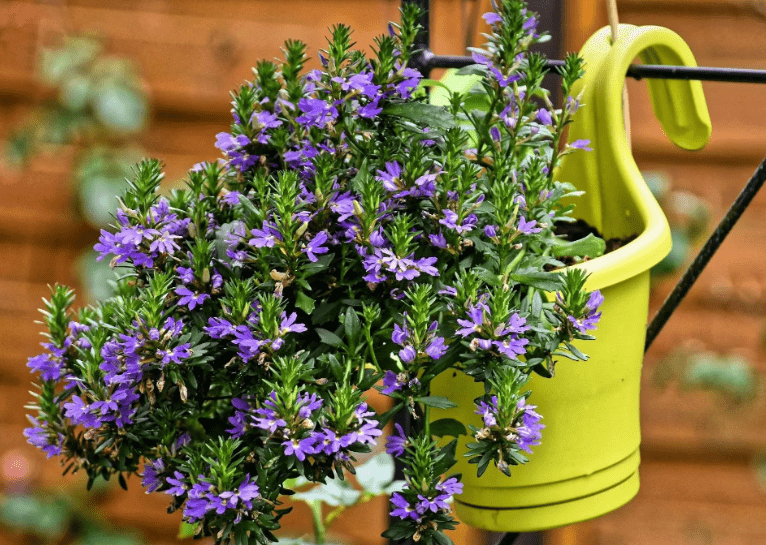
C. Crafting and DIY Projects
Scaevola plants can be a great addition to crafting and DIY projects. Their vibrant and unique flowers make them a popular choice for adding a pop of color to wreaths, floral arrangements, and other decorative crafts. Their trailing nature also makes them an ideal option for creating hanging planters, vertical gardens, or living wall art. Additionally, Scaevola plants can be used in various DIY projects such as making natural dyes or creating pressed flower art. Their versatility and low maintenance make them a great choice for incorporating into creative and hands-on projects. Overall, Scaevola plants offer a range of possibilities for crafting and DIY enthusiasts.
In conclusion, caring for Scaevola plants is relatively simple as long as you provide them with the right conditions. Make sure to water them regularly, place them in a sunny spot, and prune them as needed to encourage healthy growth and abundant blooms. With the proper care, your Scaevola plants will bring beauty and vibrancy to your garden.
Frequently Asked Questions (FAQs)
Scaevola plants thrive in full sun to partial shade, so it’s best to place them in an area with plenty of sunlight.
Scaevola plants prefer well-drained soil, so water them when the top inch of soil feels dry to the touch. Avoid overwatering, as this can lead to root rot.
Yes, you can fertilize your Scaevola plant with a balanced, water-soluble fertilizer every 6-8 weeks during the growing season to encourage healthy growth and blooming.
Prune your Scaevola plant regularly to remove dead or faded flowers and encourage new growth and blooming. You can also trim back any leggy or overgrown stems to maintain a compact and bushy appearance.
Scaevola plants are generally resistant to pests and diseases, but you should still keep an eye out for common garden pests such as aphids or whiteflies. If you notice any issues, you can treat them with insecticidal soap or neem oil.
Yes, Scaevola plants are well-suited for container gardening. Just make sure the container has good drainage and use a well-draining potting mix.
Deadheading faded flowers and providing proper care, including sunlight, water, and fertilizer, will help encourage more blooms on your Scaevola plant.
Yes, Scaevola plants are heat and humidity tolerant, making them a great choice for gardens in warm climates. Just make sure they have access to some shade during the hottest part of the day.
